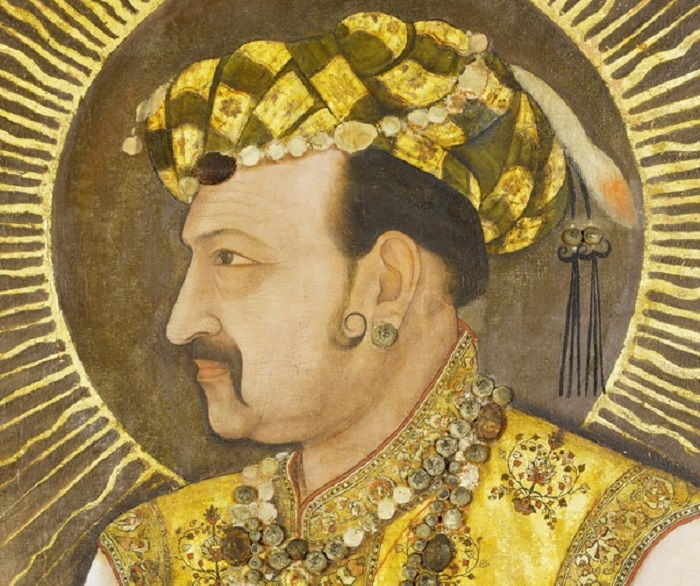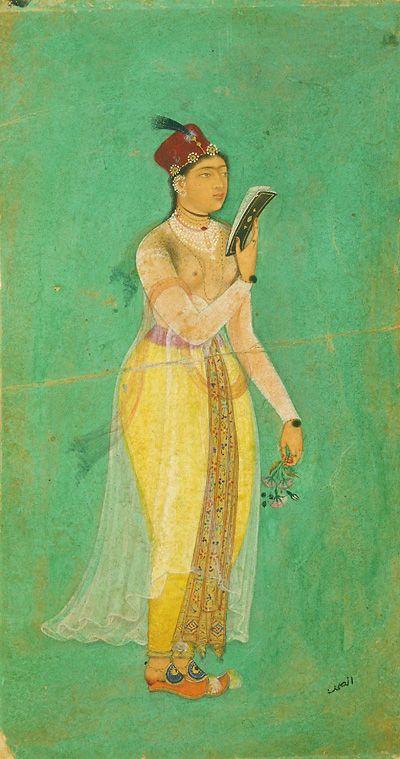Find many great new & used options and get the best deals for JAHANGIRNAMA: MEMOIRS OF JAHANGIR, EMPEROR OF INDIA - Hardcover at the best online prices at eBay! Free shipping for many products! The Emperor Jahangir is probably best know in the West as being the father of Shahjahan, who built the Taj Mahal. His reign was one of great prosperity, and his passion for art and nature encouraged a.
Tuzuk-e-Jahangiri or Tuzuk-i-Jahangiri (Persian: تزک جہانگیری ) is the autobiography of Mughal EmperorNur-ud-din Muhammad Jahangir (1569–1627). Also referred to as Jahangirnama,[1]Tuzk-e-Jahangiri is written in Persian, and follows the tradition of his great-grandfather, Babur (1487–1530), who had written the Baburnama; though Jahangir went a step further and besides the history of his reign, he includes details like his reflections on art, politics, and also information about his family.

He wrote the memoirs in stages through most of his life until stopping in 1624. His own manuscript was magnificently illustrated by his studio of painters,[2] but the illustrations were very early dispersed, many being found in muraqqa (albums) compiled by his sons.[3] Several are in the British Library.
- The Emperor Jahangir is probably best know in the West as being the father of Shahjahan, who built the Taj Mahal. His reign was one of great prosperity, and his passion for art and nature.
- Media in category 'Jahangirnama' The following 8 files are in this category, out of 8 total. 'Jahangir Receives a Prisoner', from the Jahangir-nama.jpg 458 × 700; 336 KB.
Overview[edit]
The text details the first nineteen years of his reign, but gave up the writing of his Memoirs in the seventeenth year of his reign. (The complete Tuzuk-e-Jahangiri written by emperor Jahangir himself from the first page to the last page is housed in the National Museum of India since 1950's)He then entrusted the task to Mu‘tamad Khān, the author of the Iqbal-nama, who continued the Memoirs to the beginning of the nineteenth year. Watercolor paint brushes for beginners. From where, it was taken up by Muhammad Hadi, who continued it to Jahangir's death. It forms an important reference point for the era along with his father, Akbar's, Akbarnama. The first important printed version of Jahangirnama was by Sayyid Ahmad, printed at Ghazipur in 1863 and at Aligarh in 1864.[4]

Jahangir's autobiography also reflects the royal ideology of Jahangir's views on various political, religious and social issues. Within the memoir, he noted many of his local level legislative policies in his large empire consisting of most of modern-day India, Pakistan and Bangladesh. Among them were his decrees to manage and regulate the jagirdars. Jagirdars were holders of the jagir, the emperor's land grant title. Xcode apk download. The jagirdars were to take the income of the land and use it mainly to finance the maintenance of the troops and to address the town needs. Jahangir made various attempts to halt corruption within the jagirdars. He prohibited each of them from using the money for personal profit by ordering that part of the land income to go to hospitals and infirmaries and for each town to be equipped with religious buildings according to the religion of that area. Jahangir also kept the jagirdars from gaining interest in family or land riches by ordering for jagirdars to seek his approval before marrying someone from the town they ruled in.[citation needed]
Bibliography[edit]
- Henry Miers Elliot (1875). Wakiʼat-i Jahangiri. Lahore: Sheikh Mubarak Ali.CS1 maint: discouraged parameter (link)
- Jahangir, Emperor of Hindustan (1829). Memoirs of the Emperor Jahanguir. Translated by Price, Major David. London: J. Murray.
- Jahangir, Emperor of Hindustan (1909). Beveridge, Henry (ed.). The Tuzuk-i-Janhangīrī or Memoirs of Jahāngīr. Translated by Rogers, Alexander. London: Royal Asiatic Society.
- Jahangir, Emperor of Hindustan (1999). The Jahangirnama: Memoirs of Jahangir, Emperor of India. Translated by Thackston, Wheeler M. Oxford University Press. ISBN978-0-19-512718-8.
- Losty, J. P. Roy, Malini (eds), Mughal India: Art, Culture and Empire, 2013, British Library, ISBN0712358706, 9780712358705
See also[edit]


References[edit]
| Wikimedia Commons has media related to Jahangirnama. |
- ^Jahangiri Intro.
- ^Losty, 17-18
- ^Losty, 82
- ^Preface The Tūzuk-i-Jahangīrī by Alexander Rogers and Henry Beveridge, Royal Asiatic Society, 1909–1914.
Work online[edit]
Further reading[edit]
- Jahangir, Emperor of Hindustan, The Jahangirnama, Memoirs of Jahangir, Emperor of India, trans. and ed. W.M. Thackston, Oxford University Press, New York and Oxford, 1999
Jahangirnameh (Persian: جهانگیرنامه 'Story of Jahangir') is an epic poem in the Persian language which relates the story of Jahangir son of Rostam. It is composed in the same meter as the Shahnameh. The author mentions his name as Qāsem-e Mādeḥ in one of the last couplets of the poem. Composed in Herat, it contains nearly 3,600 couplets. It was published in Bombay (Mumbai) in 1309/1886.[1]

It should not be confused with another work often called the 'Jahangirnameh' but also the Tuzk-e-Jahangiri. This is the autobiography or memoirs of the Mughal EmperorJahangir (1569-1627) in Persian prose.
Unlike other poems in Persian, Jahangirnameh contains relatively high number of Arabic loanwords, and the stories also were under Islamic influence. According to Zabihullah Safa, this indicates that the poem is composed in late 6th century AH or early 7th century AH. The poem seems to be largely an imitation of the Borzu Nama. In both stories, Rostam's son is brought up in Turan by Turanians and unknowingly fights against his Iranian compatriots. But at the end, he is recognized by Iranians and then joins the Iranian army. Later he is killed by a demon when hunting.[2]
References[edit]
The Great Moghul Jahangir
- ^de Blois, François. 'EPICS'. www.iranicaonline.org. Encyclopaedia Iranica. Retrieved 3 May 2017.CS1 maint: discouraged parameter (link)
- ^de Blois, François. 'EPICS'. www.iranicaonline.org. Encyclopaedia Iranica. Retrieved 3 May 2017.CS1 maint: discouraged parameter (link)
Jahangir Alam Age
